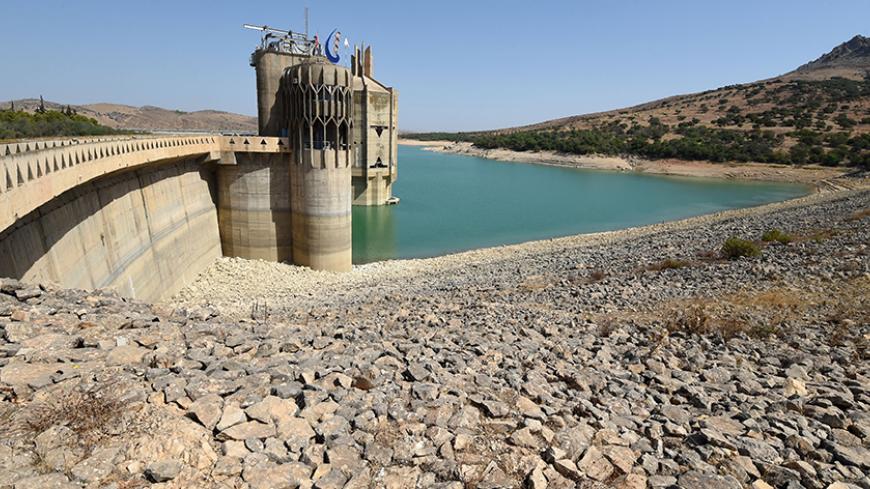On Sept. 12, the people of Fernana — a small town located in northwestern Tunisia — gathered at the pumping station that supplies water to Tunis and threatened to cut off the supply to the capital, before security forces intervened and prevented them from doing so. This came in response to the death of Wissem Nasri, a cafe owner who set himself on fire outside the municipality building following a dispute with its general secretary because he could not obtain permission to serve shishas to his clients.
Nasri’s suicide — reminiscent of Mohamed Bouazizi's in Sidi Bouzid, whose self-immolation marked the beginning of the Tunisian revolution in December 2010 — provoked strikes and demonstrations in the city of Fernana. In a TV report aired Sept. 8, a resident of Fernana denounces the marginalization of his town, including the lack of access to water, although the region registers the most rainfall in the country and provides drinking water for most of the northern half of Tunisia.



